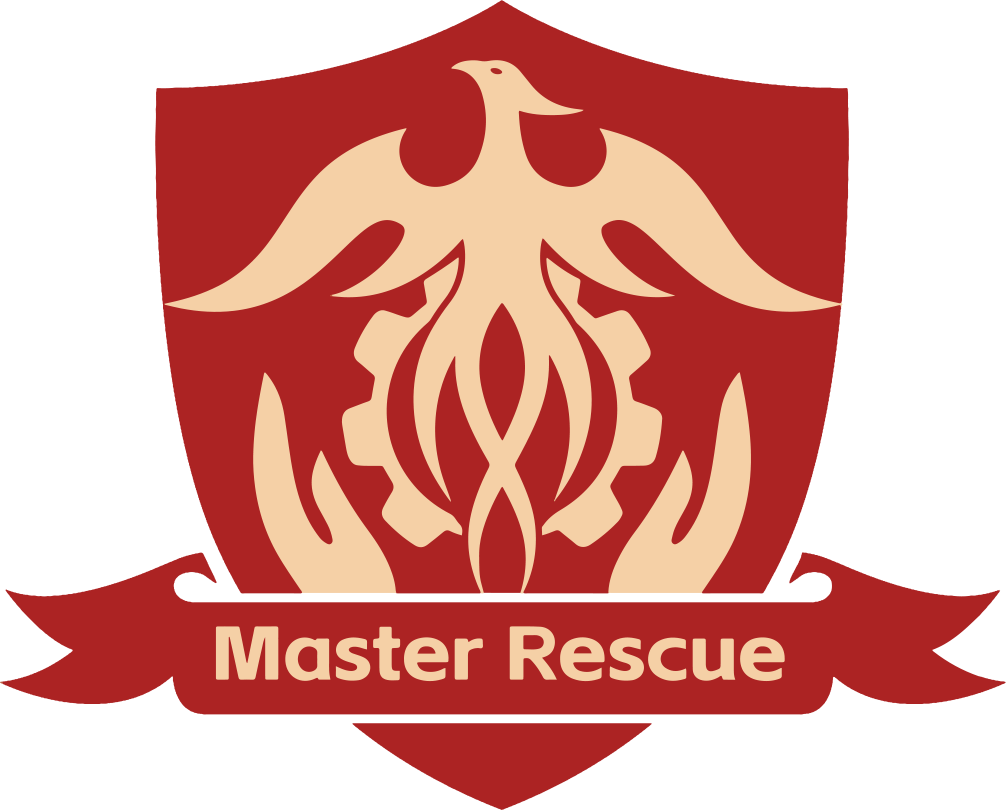While the chest tension needle is most commonly associated with treating tension pneumothorax, its use extends to a variety of scenarios in which rapid pressure relief and stabilization are critical. The ability to manage high-pressure conditions in the chest cavity can save lives in a range of trauma situations, making the chest tension needle indispensable in both civilian and military medicine.
Chest Tension Needle in Pre-Hospital Settings
In pre-hospital care, first responders and paramedics are often the first point of contact for patients with traumatic injuries, including those caused by accidents, gunshot wounds, or falls. When tension pneumothorax is suspected, the chest tension needle becomes one of the most important tools available to mitigate the patient’s condition.
In these cases, the goal is to stabilize the patient and prevent further deterioration until they can be transported to a hospital for more definitive treatment. Given that tension pneumothorax can rapidly lead to cardiac arrest and respiratory failure, immediate decompression can be the difference between life and death.
By relieving the pressure in the pleural space, the needle helps prevent the lungs from collapsing completely and restores blood flow to critical organs.
Military Applications of the Chest Tension Needle
For military personnel, the risk of trauma-related injuries is significantly higher due to the nature of combat situations. Chest injuries from shrapnel, gunshot wounds, or blast effects often result in pneumothorax, and in some cases, tension pneumothorax can develop rapidly.
The chest tension needle is therefore an essential part of any military medical kit, enabling combat medics to provide immediate life-saving care on the battlefield. Soldiers who suffer from tension pneumothorax but do not receive immediate intervention are at risk of rapid deterioration in their condition, which can compromise the entire unit’s mission. The use of the chest tension needle by trained personnel ensures that injured soldiers can receive the care they need to survive long enough for evacuation and more advanced medical treatment.
Key Features for Selecting a Chest Tension Needle
When choosing a chest tension needle for inclusion in medical kits—whether for civilian, military, or paramedic use—several key features must be considered to ensure it meets the needs of both professionals and the patients they serve. These features include:
- Needle Gauge and Length:
- Most chest tension needles are designed with a 14-16 gauge size, providing a wide enough bore to allow quick decompression.
- A 3-4 inch length ensures the needle can reach the pleural space even in obese or heavily muscled patients.
- One-Way Valve:
- Some needles feature a one-way valve, preventing air from flowing back into the pleural space after it has been released. This is particularly useful in preventing re-expansion pneumothorax, which can occur if air re-enters the pleural cavity after decompression.
- Ease of Use:
- The chest tension needle should be easy to use under pressure. Ideally, it should allow for a swift, precise insertion to minimize injury risk and prevent panic during critical moments.
- Sterility:
- It is essential that chest tension needles remain sterile until they are needed. Pre-packaged, sterile kits should be the standard, ensuring that the needle does not introduce infection into the pleural cavity.
- Training Materials:
- Manufacturers of chest tension needles should provide accompanying training materials to ensure that emergency personnel and military medics are fully equipped to use the tool safely and effectively.
Chest Tension Needle vs. Other Decompression Techniques
Although the chest tension needle is widely used for needle decompression, it is not the only method for treating tension pneumothorax. There are other techniques, each with its own set of advantages and limitations:
- Chest Tube Insertion:
- A chest tube is often the next step after needle decompression to ensure continuous evacuation of air and fluid from the pleural space. While a chest tube requires more expertise and time to insert, it offers a more long-term solution than a needle and can handle larger volumes of air.
- However, it requires more resources and trained personnel to insert and may not always be feasible in field conditions.
- Thoracostomy:
- In some cases, thoracostomy (surgical removal of a portion of the rib cage) is used to relieve pressure in the chest. However, it is a more invasive procedure and typically reserved for specialized medical settings rather than as an initial intervention.
Conclusion: The Life-Saving Necessity of the Chest Tension Needle
The chest tension needle is an essential, life-saving tool that should be included in any trauma kit, whether for use by paramedics, military medics, or emergency room staff. The ability to perform needle decompression quickly and effectively in patients with tension pneumothorax can stabilize their condition, restore their respiratory function, and buy precious time for more advanced medical interventions.
For professionals working in high-pressure environments, understanding the proper use of the chest tension needle is not just a skill—it’s a responsibility. From pre-hospital care to the battlefield, this tool is often the first line of defense against fatal consequences, giving patients a fighting chance to survive and recover.
Key Takeaways:
- The chest tension needle is critical for immediate relief in cases of tension pneumothorax.
- It is a temporary measure until more definitive treatment, such as chest tube insertion, can be performed.
- Medical professionals must be properly trained in its use to avoid complications and maximize its effectiveness.
- The chest tension needle is indispensable in both military and civilian emergency settings, where rapid intervention is crucial.
Ultimately, the chest tension needle exemplifies the importance of fast, precise action in saving lives during traumatic injuries. By understanding its role, capabilities, and limitations, healthcare professionals can improve outcomes for patients facing severe chest trauma.
